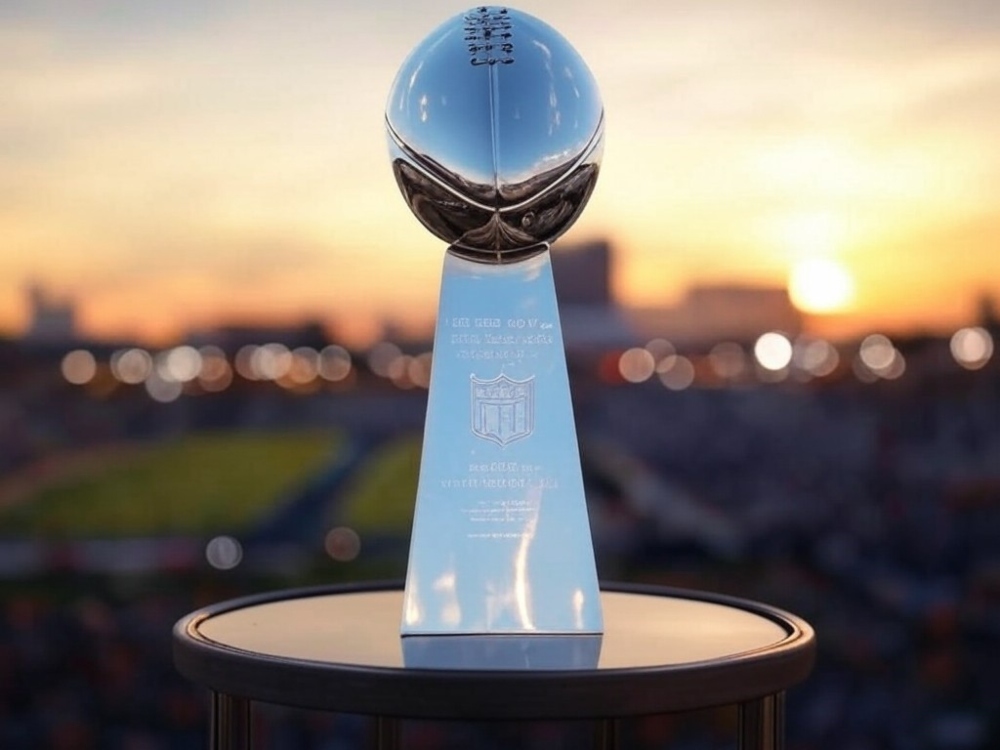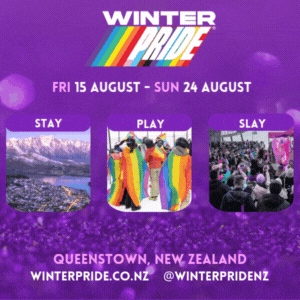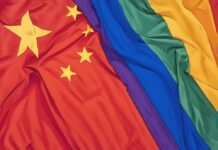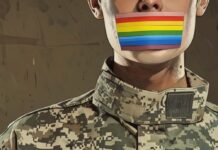This year’s Super Bowl advertisements notably lacked LGBTQ+ representation, continuing the community’s ongoing struggle for visibility during the biggest televised event in the U.S.
According to an analysis by Ad Age, only four openly LGBTQ+ celebrities appeared in commercials during the game. These included Dan Levy in a Homes.com ad, Michelle Rodriguez for Häagen-Dazs, Jake Shane in a Poppi soda commercial, and Wanda Sykes in a Novartis spot.
This marks a drop from last year, when Ad Age identified six LGBTQ+ individuals in ads, while GLAAD noted ten commercials featuring queer celebrities or characters. However, even those numbers were small compared to the dozens of brands advertising throughout the broadcast.
A Shift Away from Diversity and Inclusion?
Ad Age observed that advertisers appear to be pulling back on diversity and inclusion efforts, potentially influenced by the rising anti-DEI movement. Many companies have rolled back inclusive policies due to right-wing pushback, and this trend was reflected in the Super Bowl advertising landscape. Prior to the game, only 14 out of 58 brands responded to Ad Age’s survey about diversity in their ads, a decrease from 23 out of 51 last year.
Kindra Meyer, executive creative director at Verb agency, expressed disappointment over the lack of representation, stating: “Outside of a few casting choices… I have not seen much representation of my LGBTQIA+ fam thus far. Where is the gender-inclusive diversity? Where are the gay people of colour? Where are the different body shapes, sizes, and ages?”
Carlton Jared Lockett, head of strategy at multicultural media company My Code, emphasised the importance of representation, particularly at a time when LGBTQ+ rights are under attack.
“The Super Bowl isn’t just a football game, it’s a cultural phenomenon. With over 100 million viewers, it’s a moment to look and change the world. This year, as attacks on LGBTQIA+ rights continue to rise across the country, representation is not just a way of inclusion, it’s a way of resistance.”
Lockett further highlighted that LGBTQIA+ consumers are a significant and loyal market, yet many brands avoid inclusive messaging out of fear of backlash.
“For LGBTQIA+ people, seeing oneself on this stage is a confirmation. For supporters, it is understanding. And for the brands, it is both the right thing to do and the right thing to do for business.”
Intersectionality and the Overwhelming Whiteness of Super Bowl Ads
Last year, GLAAD noted that Super Bowl commercials predominantly featured white queer individuals, with trans and nonbinary representation completely absent. This year, Ad Age found that not only were LGBTQ+ figures underrepresented, but Super Bowl ads overall remained largely white and male-dominated.
Lockett stressed that meaningful representation doesn’t have to be overtly political—it can be as simple as incorporating diverse people into everyday narratives.
“At times, the strongest messages are delivered through small acts of incorporating diverse people into the world we all inhabit. Inclusion can be as natural and as unobtrusive and still feel quite meaningful.”






















